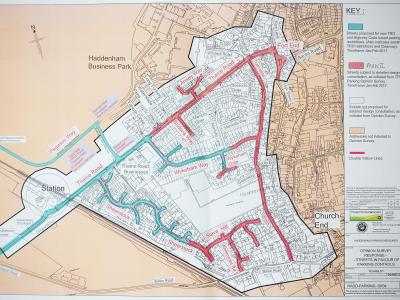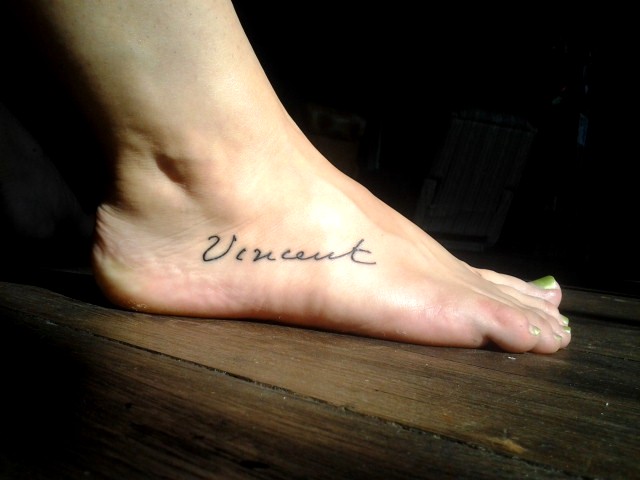

If you can, write some transition ideas in each of your body paragraphs so that they link together, but don’t agonize over them.

This sentence indicates the direction for each paragraph and will help you remain on subject.

Writing a rough draft also helps build discipline. But before that, you need to start somewhere. Once you have your rough draft, you can edit and polish ad nauseum until you have your wonderful final draft. When you start a rough draft, you are no longer just thinking about writing or planning on writing-you are doing it! Writing your rough draft helps you get your information and thoughts on paper. A rough draft is a means of getting started on your essay.
ROUGH DRAFT YELLOW CARD HOW TO
You have done the research, and you know what you want to say, so what is wrong with just writing? Nothing! In fact, that’s exactly how to write a rough draft. You may think that rough drafts are not important. Just as grouping similar puzzle pieces can give you an idea of what the final puzzle will look like, grouping your ideas in a rough draft gives you an idea of what your final draft will look like. When you write your rough draft, you begin organizing how these ideas go together. Your outline and your research are a collection of ideas similar to that jumble of puzzle pieces. Writing a rough draft is similar to building a puzzle. But looking at the pieces, you can get an idea of how they will all fit together. It is likely that the jumble of puzzle pieces in no way resembles the picture on the puzzle box. Have you ever assembled a puzzle? Most of us begin by dumping all the puzzle pieces out of the box and then grouping the pieces by color and shape. But what exactly is a rough draft? And just why do you need to write one in the first place? You turn on your computer, poise your fingers over the keyboard, and begin your rough draft. You are ahead of the deadline, and you want to stay that way. You have done the research and written the outline of your paper.


 0 kommentar(er)
0 kommentar(er)
